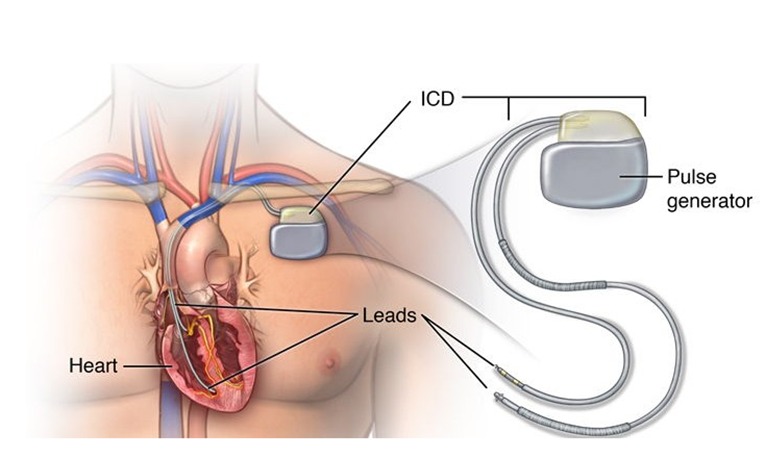CRTP & CRTD
Cardiac resynchronization therapy requires a minor surgical procedure to implant a device in the chest.
You’ll likely be awake during the procedure, but will receive medication to help you relax. The area where the pacemaker is implanted is numbed. The procedure typically takes a few hours.
During surgery, insulated wires (leads, also called electrodes) are inserted into a major vein under or near the collarbone and move to the heart using X-ray images as a guide. One end of each wire is attached to the appropriate position in the heart. The other end is attached to a pulse generator, which is usually implanted under the skin beneath the collarbone.
Cardiac resynchronization therapy devices include:
- Cardiac resynchronization therapy with a pacemaker (CRT-P).The device used for cardiac resynchronization therapy has three leads that connect the pacemaker to the right upper chamber of the heart (right atria) and both lower chambers (ventricles).
- Cardiac resynchronization therapy with a pacemaker and an ICD (CRT-D).This device is similar to CRT-P with additional shocking capability in case of abnormal rhythms. It can detect dangerous heart rhythms and deliver a stronger shock of energy than a pacemaker can deliver. This shock can reset the heartbeat.
- This device may be recommended for people with heart failure who also have a risk of sudden cardiac death.
